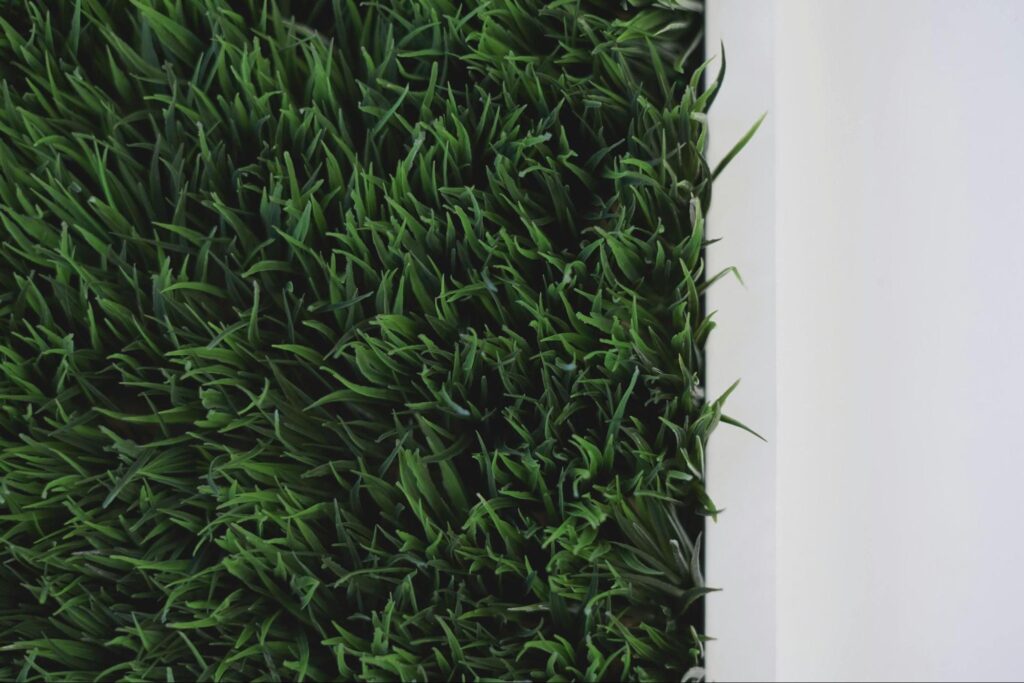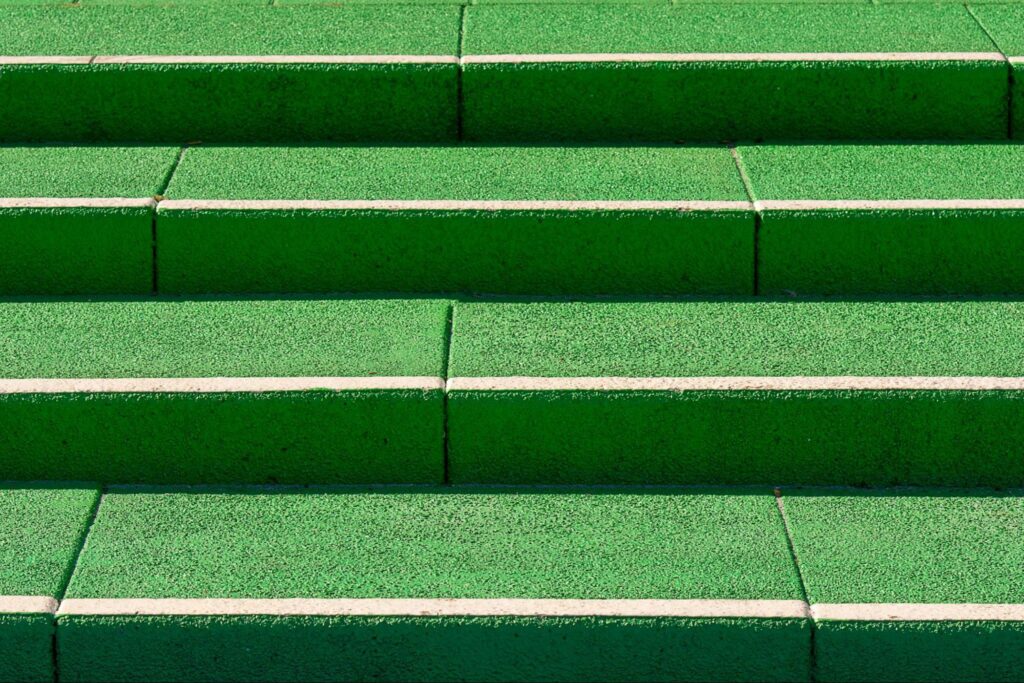Maintaining a beautiful and healthy lawn requires dedication and proper care. However, sometimes unexpected challenges arise that can damage your turf. One such challenge is the impact of window reflections on turf. In this article, we will explore the science behind window reflections and turf damage, as well as preventive measures and remedial actions that can help you protect and restore your turf. We will also address some frequently asked questions regarding this issue. Read on to discover effective tips and methods for protecting turf from window reflections.
Understanding the Impact of Window Reflections on Turf
Gazing out of your window and enjoying the view may seem harmless, but the reflected sunlight can have a detrimental effect on your turf. When sunlight reflects off windows, it intensifies and focuses in specific areas, creating hotspots on your lawn. These hotspots can become so intense that they burn and damage the turf.
Moreover, the impact of window reflections on turf goes beyond mere aesthetic concerns. The health and vitality of your lawn can be compromised, leading to costly repairs and reseeding efforts. Understanding the science behind this phenomenon is crucial in implementing effective solutions to protect your turf.
The Science Behind Window Reflections and Turf Damage
To understand why window reflections cause turf damage, we need to delve into the science behind it. The glass in windows reflects both visible and invisible light, including ultraviolet (UV) rays. When these rays interact with the grass blades, they generate heat energy. The heat energy then raises the temperature of the grass, potentially causing it to wither, brown, or even die.
Furthermore, the angle and orientation of the windows play a significant role in exacerbating the effects of reflection. South-facing windows, for example, are more likely to concentrate sunlight and create intense hotspots on the turf below. This concentration of heat can lead to localized damage that spreads across your lawn if left unchecked.
Identifying Signs of Turf Damage from Window Reflections
Recognizing the signs of turf damage caused by window reflections is crucial for taking timely action. Keep an eye out for areas of your lawn that appear brown, scorched, or excessively dry. These are often indicators that your turf is suffering from the damaging effects of window reflections. Additionally, you may notice uneven growth patterns or patches of stunted grass. If you observe any of these signs, it’s essential to address the problem promptly to prevent further damage.
Implementing shading solutions, such as strategically placed trees, shrubs, or awnings, can help mitigate the impact of window reflections on your turf. These natural barriers can diffuse sunlight, reducing the intensity of hotspots and protecting your lawn from excessive heat. Additionally, installing window films or screens designed to deflect or absorb UV rays can provide an added layer of protection for your turf.
Preventive Measures for Turf Protection
Prevention is always better than cure, and there are several measures you can take to safeguard your turf from window reflections. Ensuring the longevity and health of your lawn requires proactive steps to minimize the potential damage caused by sunlight reflections.
One effective way to protect your turf is by selecting windows that have a lower reflectance. Opt for windows with a low-emissivity (low-e) coating, as they minimize the amount of heat and light they reflect. These windows can significantly reduce the risk of damaging reflections on your lawn.
Another crucial aspect to consider in safeguarding your turf is the orientation of your windows. South-facing windows tend to receive the most intense sunlight, which can lead to stronger reflections. By strategically placing trees or installing external shading devices on the southern side of your property, you can create a natural shield against harsh reflections.
Landscaping Techniques for Turf Protection
Incorporating thoughtful landscaping techniques can also help in protecting your turf. Planting trees, hedges, or shrubs near windows can create a barrier that diffuses the intensity of the reflected sunlight. Additionally, using awnings, canopies, or shade sails can mitigate the direct impact of the sun’s rays.
Furthermore, the type of grass you choose for your turf can also play a role in its resilience against reflective damage. Opting for heat-tolerant grass varieties that are better equipped to withstand prolonged sun exposure can enhance the durability of your lawn. Proper irrigation and regular maintenance practices, such as mowing at the correct height, can further fortify your turf’s defenses against potential harm.
Remedial Actions for Turf Damaged by Window Reflections
If your turf has already suffered damage from window reflections, swift action is vital for its recovery. The intense heat and concentrated light from windows can create “hot spots” on your lawn, causing the grass to wither and die in those areas. Understanding how to address this issue is crucial in restoring the health and beauty of your turf.
When dealing with turf damaged by window reflections, it is essential to assess the extent of the harm before proceeding with any remedial actions. Thoroughly inspect the affected areas to determine the scope of the damage and identify the best course of action for restoration.
Repairing Damaged Turf
To repair damaged turf, start by removing the affected areas carefully. Use a sharp knife or shovel to cut out the scorched or dead grass. After removing the damaged portions, loosen the soil to facilitate new growth. Sow fresh grass seed or lay new turf to restore the affected sections. Adequate watering and regular maintenance will help the new grass establish itself.
It is crucial to provide proper nutrients to the recovering turf to support its growth and resilience. Consider using organic fertilizers or soil amendments to enhance the soil quality and promote healthy root development in the affected areas. Monitoring the progress of the repair process and making adjustments as needed will ensure the successful recovery of your turf.
Long-term Solutions for Turf Recovery
In some cases, remedial action may not suffice, and a long-term solution is required for turf recovery. Consider installing protective glazing or window films that can reduce the amount of heat and light reflected onto your lawn. Consult with professionals to determine the best approach for your specific circumstances. Implementing sustainable landscaping practices and incorporating shade-providing elements near the windows can also help mitigate the impact of reflections on your turf over time.
Furthermore, educating yourself on the types of grass species that are more resilient to intense sunlight and heat can aid in preventing future damage to your turf. Selecting appropriate grass varieties that are well-suited to your local climate and light conditions will contribute to the long-term health and vitality of your lawn.
Frequently Asked Questions about Turf and Window Reflections
Can Window Reflections Damage Turf?
Yes, window reflections can indeed cause significant damage to turf. The intense heat generated by reflected sunlight can scorch the grass, leading to brown patches or even complete death of the turf. It is essential to take preventive measures and monitor your lawn regularly to prevent or address any damage.
One important factor to consider is the type of glass on your windows. Low-E glass, commonly found in modern energy-efficient windows, is more likely to create concentrated reflections that can harm turf. Understanding the potential risks associated with different types of glass can help you make informed decisions about protecting your lawn.
How to Monitor Turf Health Regularly
Regular monitoring of your turf’s health is crucial in identifying potential damage caused by window reflections. Take the time to inspect your lawn frequently, paying attention to any signs of discoloration, dryness, or uneven growth. If you notice any issues, take prompt action to avoid further deterioration.
Additionally, consider implementing a watering schedule that takes into account the potential drying effects of window reflections. Adequate hydration is key to maintaining turf health and resilience against environmental stressors. By adjusting your watering routine to mitigate the impact of reflected heat, you can help safeguard your lawn from damage.
Conclusion: Maintaining Healthy Turf in the Face of Window Reflections
Protecting your turf from the damaging effects of window reflections is a task that requires understanding and proactive measures. By comprehending the science behind window reflections and recognizing the signs of turf damage, you can intervene effectively. Implementing preventive measures such as choosing the right type of windows and incorporating landscaping techniques can greatly reduce the risk. In cases where damage has occurred, prompt action in the form of repairing damaged turf or exploring long-term solutions is crucial. Regular monitoring of your lawn’s health ensures that you can address any issues promptly. By following these tips and methods, you can maintain healthy and vibrant turf, even in the face of window reflections.


